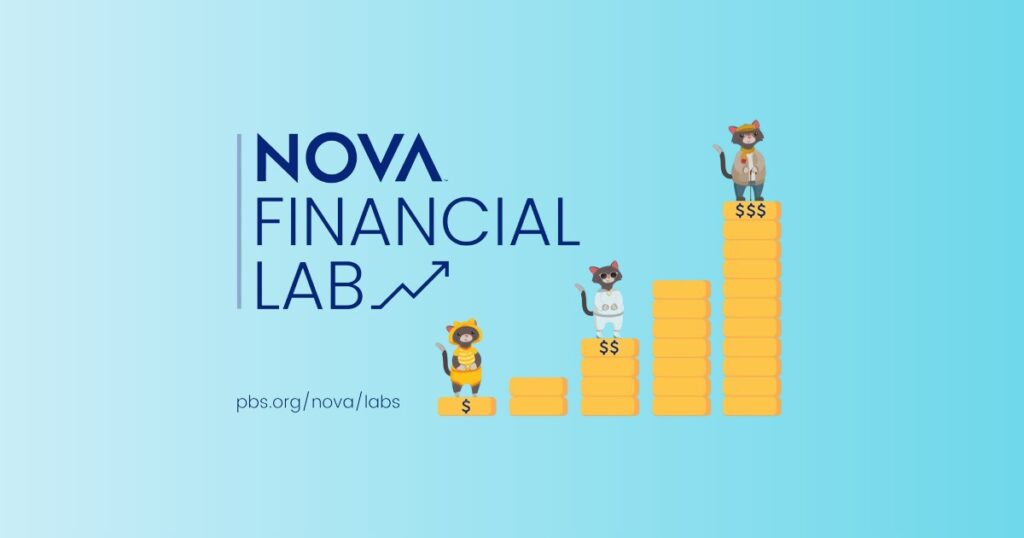
Grades 9-12

Don't have an account yet? Sign up for free
Don't have an account yet? Sign up for free


This lesson uses a Better Money Habits video to reinforce budgeting concepts.
This lesson uses the Better Money Habits video https://bettermoneyhabits.bankofamerica.com/en/saving-budgeting/set-budget-stick-to-it to reinforce the concepts of budget introduced in Theme 3: Money Management in Financial Fitness for Life, Grades 9-12. It can be used as an introduction to this unit or as a review of its content. In addition, the lesson could also be used as a supplement to Lesson 3: Decision-Making. The video is about 6 minutes in length, and this activity can be completed in one 45 minute class period.
In this lesson, students will be introduced to the six basic steps involved in building a budget or spending plan to meet their personal financial goals. In addition, this lesson will help them differentiate between fixed expenses, flexible expenses, planned expenses, and unplanned expenses.
Financial Fitness for Life is a comprehensive personal finance curriculum for K-12 students that teaches students how to make thoughtful, well-informed decisions about important aspects of personal finance, such as earning income, spending, saving, borrowing, investing, and managing money. Visit CEE’s Financial Fitness for Life website for more information on the publication and how to purchase it.
To summarize the lesson, discuss the importance of budgeting. Remind students that the video said the average household spends 80 percent of its annual income on necessary expenses and almost 60 percent of it goes to pay for housing, food, gas, and insurance. Creating a budget or spending plan will help them get the most possible from their paychecks each month.
Have students write three things they learned from this activity.

Grades 9-12

Grades 9-12

Grades 9-12

Content Partner
Grades 6-8, 9-12
